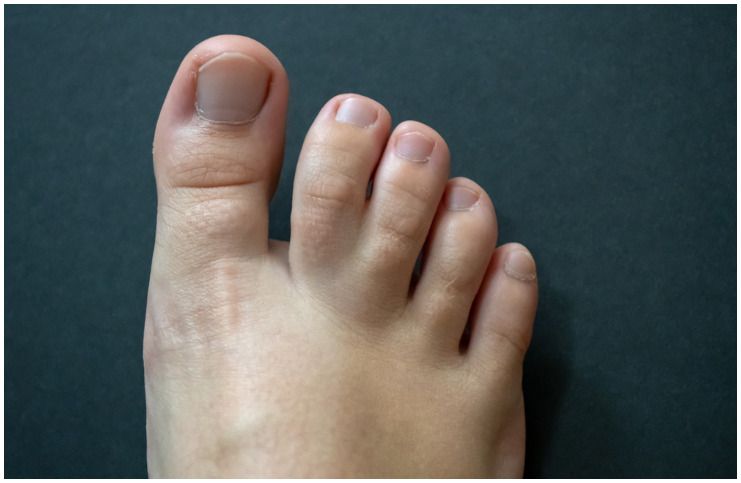

Using the model, the researchers investigated how the various movements benefited the birds' swimming. When this pseudo-bird was pushed forward under water, the aluminum feet dragged and lifted in the same way the live birds' feet did on film. After working out the math, the researchers fashioned a mock bird with two triangular aluminum feet attached to a wheeled platform.

The team filmed the birds swimming and diving and used a computer program to estimate how fast the animals' bodies and feet moved. Now it looks as though some birds use a combination of the two techniques: They drag their feet back to a point and then deftly lift them up and away from their bodies.ĭiving into the question of how birds swim, Christoffer Johansson, a zoomorphologist at Harvard University, and colleague Åke Norberg of Göteberg University in Sweden picked the great cormorant as their test subject. For years it was thought that most swimming birds propel themselves more like a paddling canoer, by pushing their feet back against the water to thrust forward. This creates lift, which moves them forward. Some aquatic animals, such as sea lions and penguins, move by wiggling their flippers or fins back and forth like a scuba diver does. Although in many instances the birds use paddling alone, this maneuver may quicken their pace when they need extra speed.
WEBBED FOOT PLUS
The push as the birds paddle plus the lift as they pull their feet forward add up to a powerful and efficient means of locomotion, one that might also propel frogs and other animals with triangular feet. A simple lift of the foot after a strong paddle speeds up the aquatic avians, new research suggests. Competitive rowers might want to look to swimming birds for coaching tips.


 0 kommentar(er)
0 kommentar(er)
